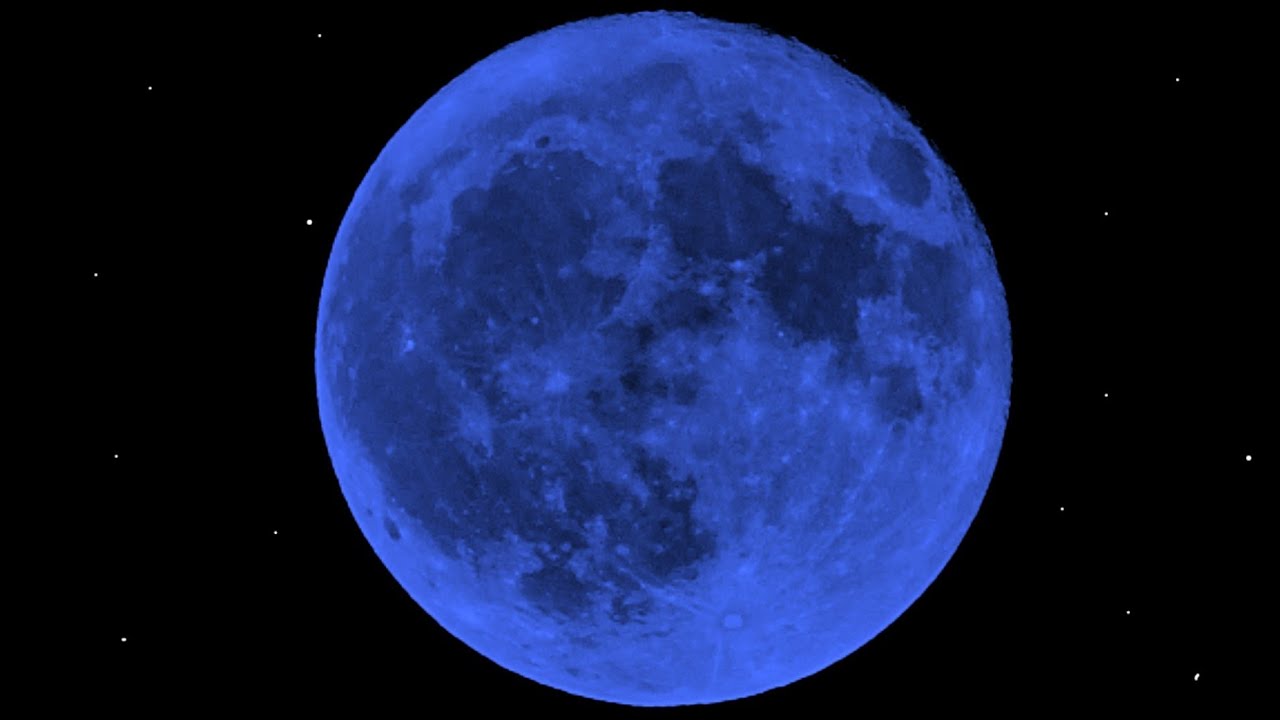A supermoon occurs when the Moon passes through its perihelion, or the point that brings it closest to Earth in its elliptical orbit. This makes it look about 14% larger than at its furthest point and a bit brighter.
Full moons are determined by the exact time they are facing the Sun, which will occur at 9 a.m.:
36 a.m. Eastern time August 30 (01:36 GMT Thursday), according to NASA.
The virtual telescope project led by Italian astronomer Gianluca Masi will host a YouTube live stream from 03:36 GMT as it takes place below Rome’s skyline.
Even though it’s described, it won’t actually be blue:
The term “Blue Moon” simply refers to the time when we see a full moon twice a month. This happens because the lunar cycle is slightly shorter, 29.5 days, than the calendar months, which are 30 or 31 days long. Therefore, it is possible that one incident occurred at the beginning of the month and another occurred at the end of the month.
The previous super blue moon occurred in December 2009 and the next one will follow quickly:
January and March 2037.
The origin of the English expression “once in a blue moon”, understood today as something very rare, dates back hundreds of years. In Elizabethan times, “he said the Moon was blue” could refer to someone who made outlandish or blatantly absurd claims.
